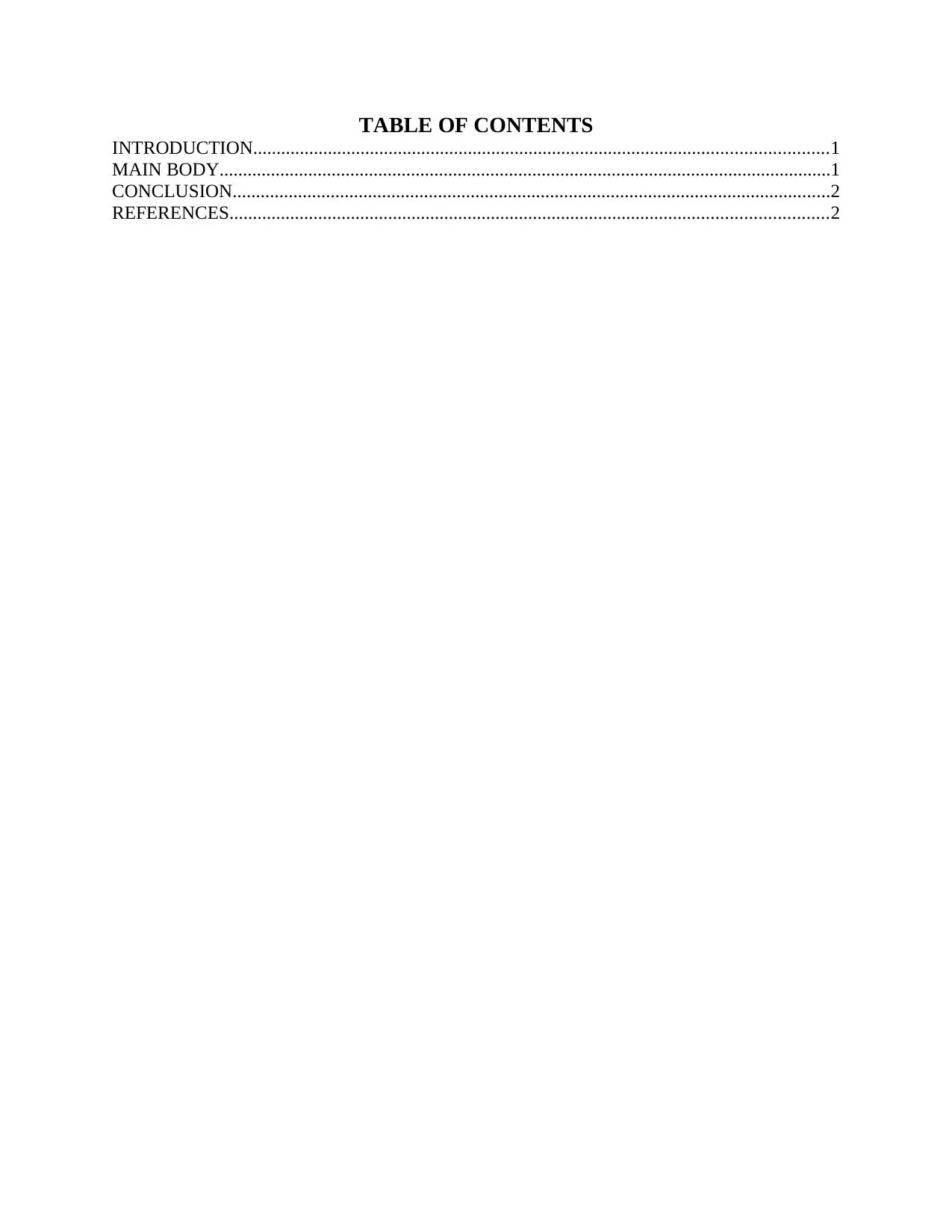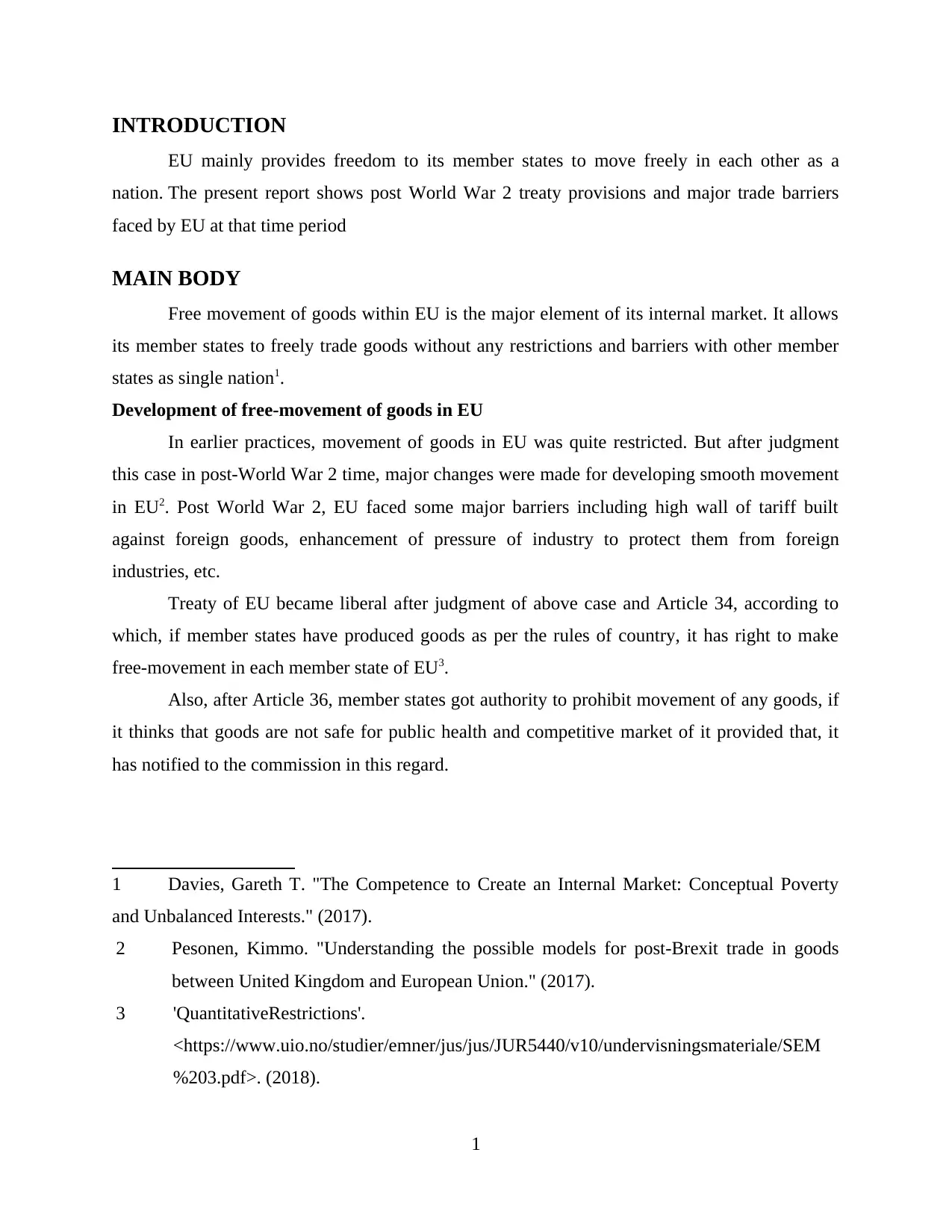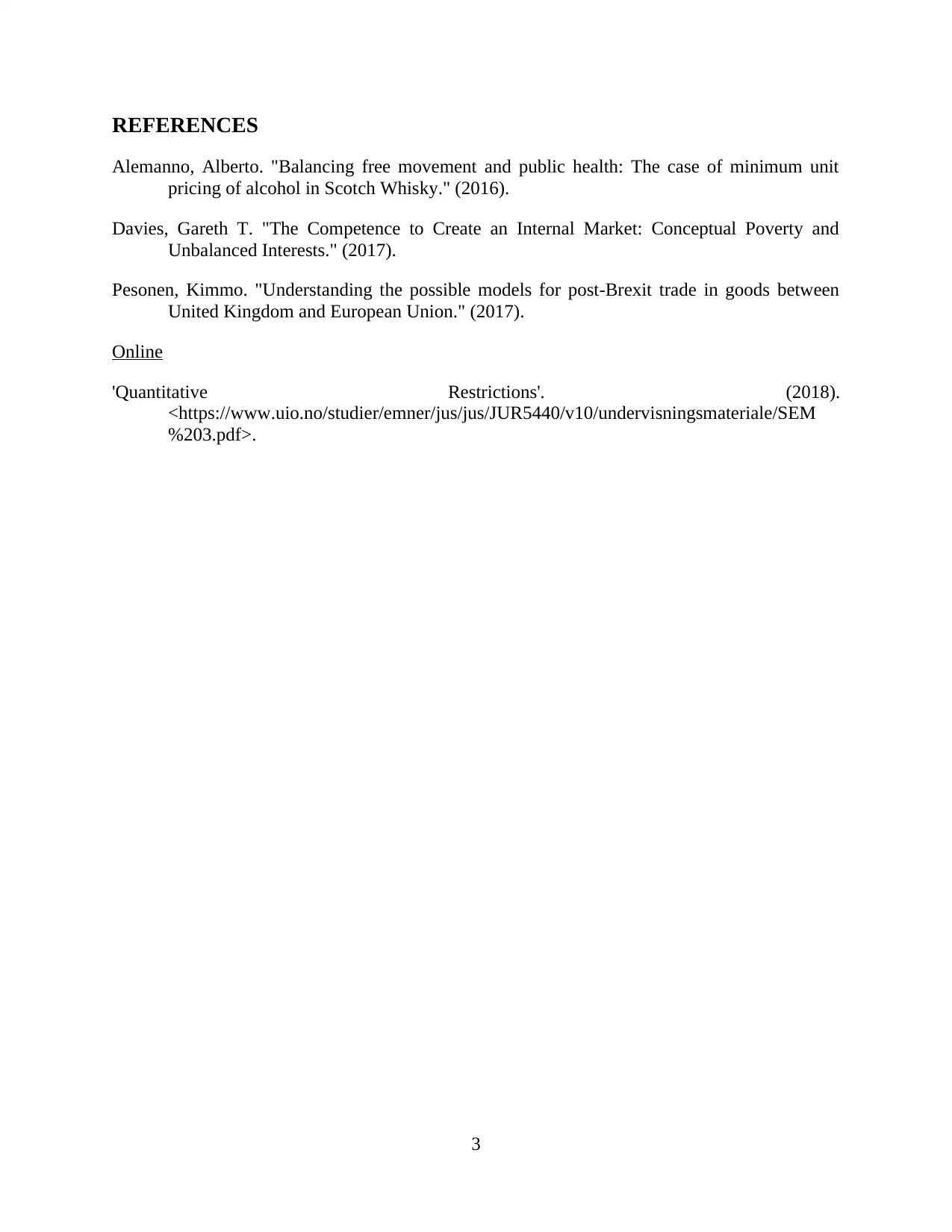Free Movement of Goods within EU
VerifiedAdded on 2020/10/05
|5
|637
|121
AI Summary
The assignment discusses the free movement of goods within the EU, focusing on the Cassis de Dijon case (1979) that influenced trade practices. It examines how the case led to changes in treaties, reducing trade barriers and making trade policies more liberal in the EU.
Contribute Materials
Your contribution can guide someone’s learning journey. Share your
documents today.
1 out of 5








![[object Object]](/_next/static/media/star-bottom.7253800d.svg)